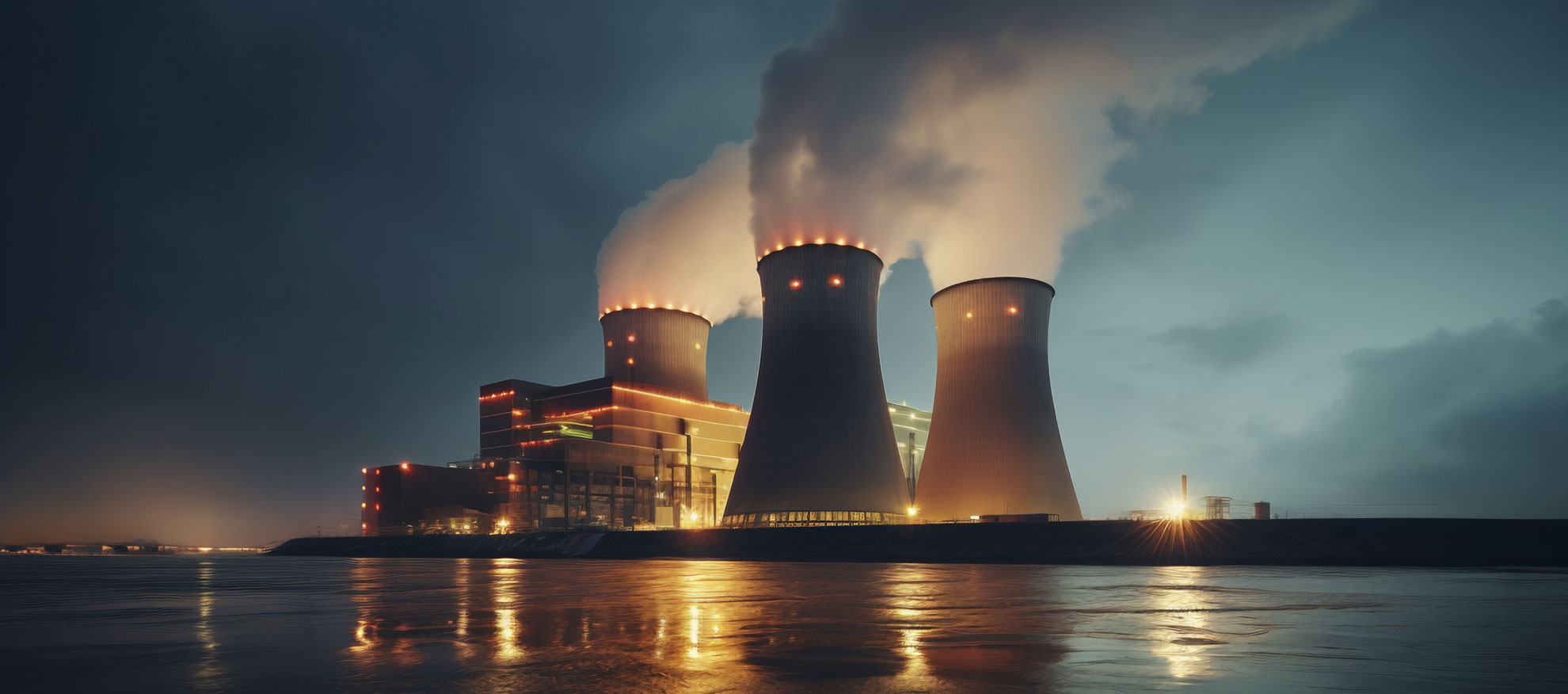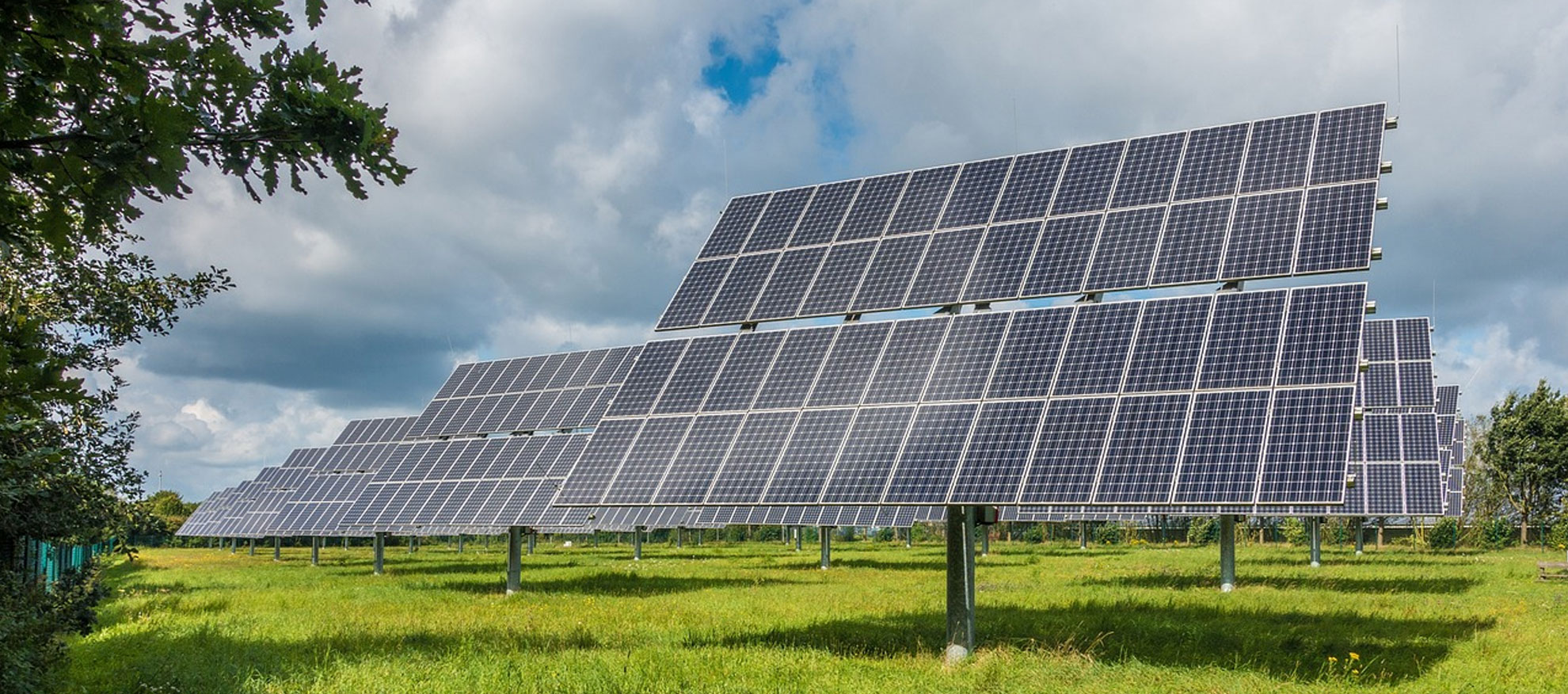Energy Visibility: Monitor Multiple Distributed Sites

4Sight OT Asset Automation (Digital Energy division) delivers secure, integrated solutions that merge distributed energy resources with advanced analytics. The company’s technology platform streamlines visibility across multiple sites, ensuring data-driven decisions and optimised energy usage. Its focus on resilience, adaptability, and sustainability provides organisations with the tools to take control of complex operational environments.
4Sight OT Asset Automation (Digital Energy division) delivers secure, integrated solutions that merge distributed energy resources with advanced analytics. The company’s technology platform streamlines visibility across multiple sites, ensuring data-driven decisions and optimised energy usage. Its focus on resilience, adaptability, and sustainability provides organisations with the tools to take control of complex operational environments.
The Importance of Comprehensive Energy Oversight
Without an integrated viewpoint, energy data often becomes siloed. Each site might have its own meters, sensors, and methods for reporting consumption, leading to gaps in understanding the bigger picture. This scenario can result in:
- Uncoordinated Efforts: Facility managers in separate locations may act on their own interpretation of data, leading to fragmented approaches that fail to align with overarching energy goals.
- Inconsistent Reporting: Varying data sources, timescales, and measurement units can create a disjointed record of consumption and performance, making it difficult to compare site-to-site efficiency.
- Missed Opportunities: A lack of holistic visibility means potential issues—like system outages or power wastage—can persist longer than necessary, with no immediate alert to the central team.
Efficient oversight is particularly valuable for organisations managing remote buildings, production lines, or distributed energy resources. Through aggregated data, companies can set unified sustainability targets and track carbon footprints more effectively. Moreover, proactive notifications empower staff to resolve potential issues before they become costly disruptions.
Evolving Landscape of Distributed Energy
With the shift towards cleaner, more distributed sources of generation, including solar panels, wind turbines, and battery storage, the demand for improved oversight has never been greater. As each site integrates renewables or deploys advanced energy storage, real-time insights become indispensable for balancing loads, forecasting demand, and avoiding bottlenecks.
When all sites are harmonised under one platform, operators can see how each asset contributes to the broader organisational energy mix. Instead of treating each location as a separate entity, a unified system offers a synchronised method of collecting metrics, spotting inefficiencies, and implementing targeted interventions that drive improvement.
Energy Monitoring for Distributed Sites: The Key to Enhanced Performance
Why Energy Monitoring for Distributed Sites Matters
When an organisation extends its footprint across various territories, each site may present unique challenges—differing legislation, utility tariffs, technology stacks, and climatic conditions. Without a consistent approach to tracking consumption and generation, resources are wasted, and operational headaches can mount.
Key Benefits of Consistent Monitoring
-
Cost Savings: Identifying inefficiencies across multiple sites helps isolate equipment that draws excessive power or highlight processes that can be optimised.
-
Regulatory Compliance: Many industries face strict regulations around emissions and sustainability. A centralised system simplifies reporting and helps maintain compliance.
-
Accurate Budgeting: Forecasting energy expenditure becomes more precise when real data is available from all sites, enabling clearer budget planning and ROI calculations.
-
Reduced Downtime: Proactive monitoring can notify decision-makers of potential failures. Addressing issues early minimises interruptions and protects revenue streams.
-
Scalability: As new sites come online or existing operations expand, a well-structured monitoring setup adapts without requiring a complete overhaul.
Overcoming Data Silos
Traditional methods of site management often involve localised control systems that generate data without automatic sharing. When staff rely on manual spreadsheets or disjointed logbooks, the result is a patchwork of partial insights. A centralised platform, with dashboards accessible to authorised personnel across the organisation, ensures all stakeholders share consistent data.

Common Data Sources
- Smart meters
- Weather sensors (for generation projections)
- Production line meters
- Battery storage status sensors
- Network-connected IoT devices
By collecting these details in real-time or in near-real-time, operators gain a reliable view of consumption patterns. This data can then be turned into actionable insights through analytics tools that indicate where improvements can be made, how to adjust peak load strategies, and whether on-site generation can be altered to cut dependency on the grid.
Introducing a Distributed Energy Resource Management System
What Is a Distributed Energy Resource Management System?
A distributed energy resource management system (DERMS) serves as a strategic layer for controlling and optimising dispersed power generation, energy storage, and consumption. It connects devices, data streams, and control processes to give businesses a complete overview of their energy ecosystem.
Core Advantages of Implementing DERMS
- Real-Time Coordination: Automatic orchestration of energy usage and generation to maintain grid stability, especially important when integrating renewable sources that fluctuate with weather conditions.
- Load Balancing: Intelligent algorithms can redistribute load across multiple sites or storage units, reducing peak demand charges and ensuring a stable energy supply.
- Predictive Analytics: Weather forecasts, historical consumption data, and machine learning can anticipate energy demand. This proactive strategy lessens the risk of blackouts or costly overcapacity.
- Remote Asset Management: Control of microgrids, solar inverters, or battery storage units from any distance, helping staff quickly react to shifting conditions.
Why Distributed Energy Resource Management System Is Essential
Balancing the grid once simply meant dealing with a centralised power station and predictable consumption patterns. Today, facilities might generate a percentage of their own power or store it for later use. When one site is producing excess solar power, and another is drawing heavily from the grid, an overarching system can coordinate the transfer of power (where infrastructure permits) or schedule battery usage in a way that optimises costs.
Versatility Across Industries
- Manufacturing: Factories with multiple stages of production can ensure the most energy-intensive tasks are aligned with off-peak or optimal generation periods.
- Healthcare: Hospitals require absolute reliability. A DERMS can integrate backup generators and battery systems to maintain essential services even during grid disturbances.
- Retail and Hospitality: Multiple sites, such as hotel chains or retail stores, can pool data to find more efficient heating, lighting, and cooling strategies.
- Commercial Offices: Office complexes can manage HVAC systems with real-time oversight, adjusting for occupancy and local weather to prevent unnecessary energy usage.
Challenges and Practical Solutions in Multi-Site Monitoring
Bringing together information from different territories demands a robust network, data standards, and clear strategies for analytics. Here are the main challenges and how to address them:
-
Connectivity Constraints
- Challenge: Not all remote sites have reliable internet connections or modern communication infrastructure.
- Solution: Employ secure, redundant communication methods. This may include cellular connections, satellite links, or private networks where possible. Local data caching can be used when connectivity is intermittent.
-
Data Security and Cyber Threats
- Challenge: Remote sites connected to a central system can be vulnerable to external threats if not adequately protected.
- Solution: Use end-to-end encryption, strict role-based access, and continuous threat monitoring. Robust cybersecurity ensures that hackers cannot tamper with critical systems or sensitive information.
-
Scalability and Integration
- Challenge: As sites expand, new hardware or software may clash with existing systems.
- Solution: A modular approach to deployment allows seamless integration of diverse devices. Standardising interfaces and protocols (e.g., Modbus, OPC-UA) makes adding new sites more straightforward.
-
Managing Regulatory Differences
- Challenge: Each country or region might impose distinct rules for energy reporting, greenhouse gas emissions, or power generation.
- Solution: A flexible framework that accommodates local regulations while still maintaining a global overview is essential. Regular updates to comply with regional changes help avoid penalties.
-
Personnel Training
- Challenge: Staff at each site or in central control rooms may need different skill sets to handle advanced monitoring tools.
- Solution: Provide ongoing training programmes, user-friendly dashboards, and thorough support. Encouraging collaboration between site managers and central teams fosters a culture of continuous improvement.
Monitoring at Scale with 4Sight OT Asset Automation
4Sight OT Asset Automation (Digital Energy division) offers solutions to unify data and present it in a way that’s both robust and accessible. Through the Digital Energy portfolio, organisations can gain:
- Real-Time Analytics: Consolidate data from sensors, meters, and external sources into a single portal. This allows stakeholders to compare performance metrics across global facilities quickly.
- Adaptive Control: Adjust operational parameters automatically or at the click of a button, ensuring that each site remains within optimal thresholds.
- Secure Data Transmission: Safeguarded networks and firewalls protect assets while giving authorised users immediate access to the dashboards they need.
- Scalable Architecture: Suitable for small-scale trials up to vast international operations. As more sites or assets come online, the system expands without costly reworks.
The outcome is a combination of enhanced reliability, deeper insights, and streamlined decision-making. Whether an organisation operates in manufacturing, healthcare, or commercial real estate, 4Sight OT Asset Automation can be tailored to meet specific needs.

Planning for a Dynamic Energy Future
Technological advancements and increasing environmental awareness shape the path of energy management for distributed sites. Although many businesses began by simply adding meters to measure consumption, the shift towards advanced systems continues to accelerate. Local generation, storage, and microgrids are becoming common, as are tighter regulations around emissions.
Trends likely to shape the sector include:
- Greater Use of Renewables: Solar, wind, and hydro solutions may become even more integrated, with each site contributing its share of clean energy.
- Decentralisation: Rather than relying solely on major power stations, businesses might form microgrids that can operate independently or connect with the larger grid during peak usage periods.
- AI-Powered Insights: Machine learning algorithms can sift through massive datasets to identify anomalies, forecast demand, and optimise load distribution.
- Advanced Energy Storage: As battery technology progresses, more sites will store power during off-peak hours or during high generation periods, then deploy it when required.
- Integrated Facilities Management: Energy systems will merge with HVAC, security, and building management to provide a comprehensive operational framework.
This momentum points to a future where every business location operates as part of a cohesive network. The interplay between on-site generation, grid interactions, and battery systems calls for a robust control layer that can synchronise resources and deliver timely data.
Organisations with multiple sites benefit significantly when energy consumption, generation, and storage are brought into focus under one panoramic dashboard. Oversight on this scale unlocks the potential to cut unnecessary costs, meet sustainability targets, and reduce the risk of sudden outages. Advanced platforms enable real-time decisions, comprehensive reporting, and seamless adaptation as technology evolves or new locations are added.

Ready to Begin?
Contact the team at 4Sight OT Asset Automation (Digital Energy division). Our experts can show how our solutions deliver consolidated insights, strong data security, and flexible integration options. Turn scattered data points into meaningful, actionable knowledge that drives progress across every facet of your enterprise.
By choosing a strategy centred on unified energy management, businesses create resilient, cost-effective operations for the years to come. Collaboration and the right set of tools ensure that each decision is supported by factual data, accurate forecasting, and the capacity to adapt when market changes, regulations, or new technologies come into play. Seize this opportunity to refine your energy objectives, boost operational reliability, and pioneer a path to a cleaner future.
Read more here:
